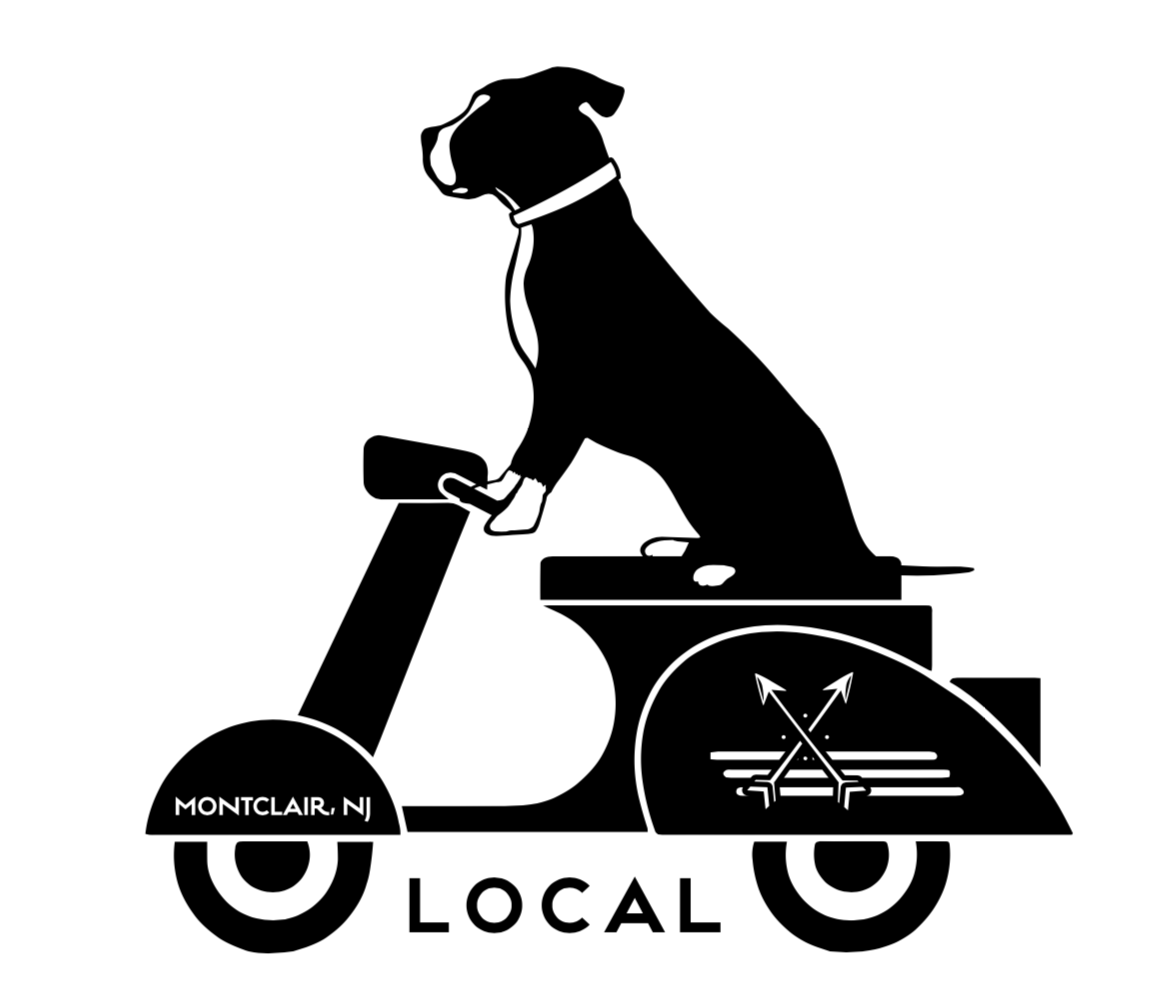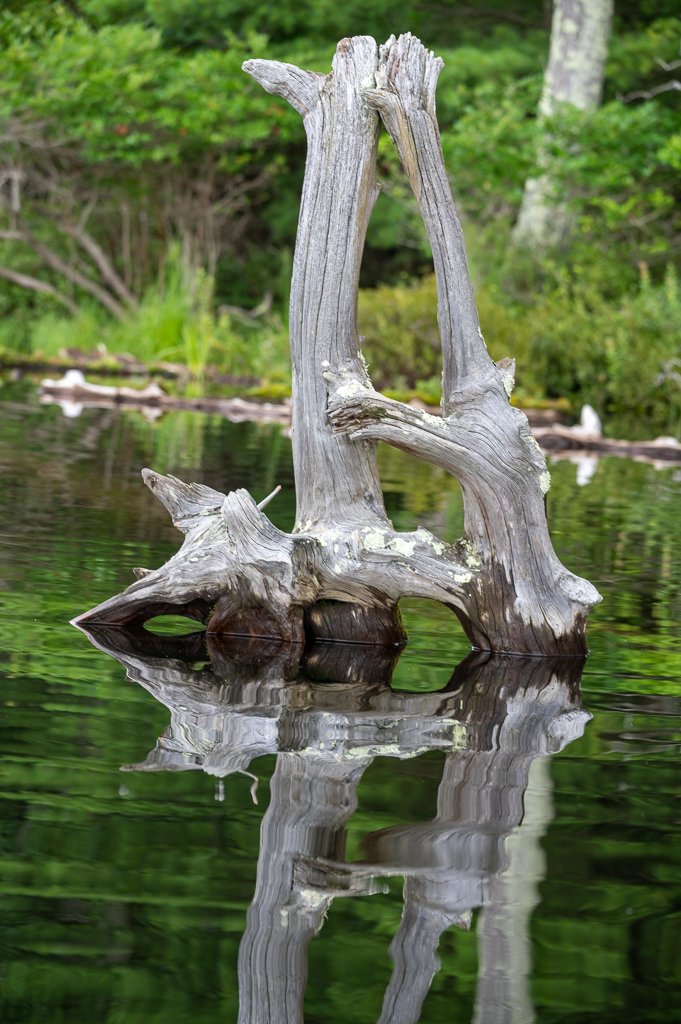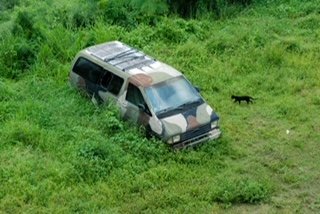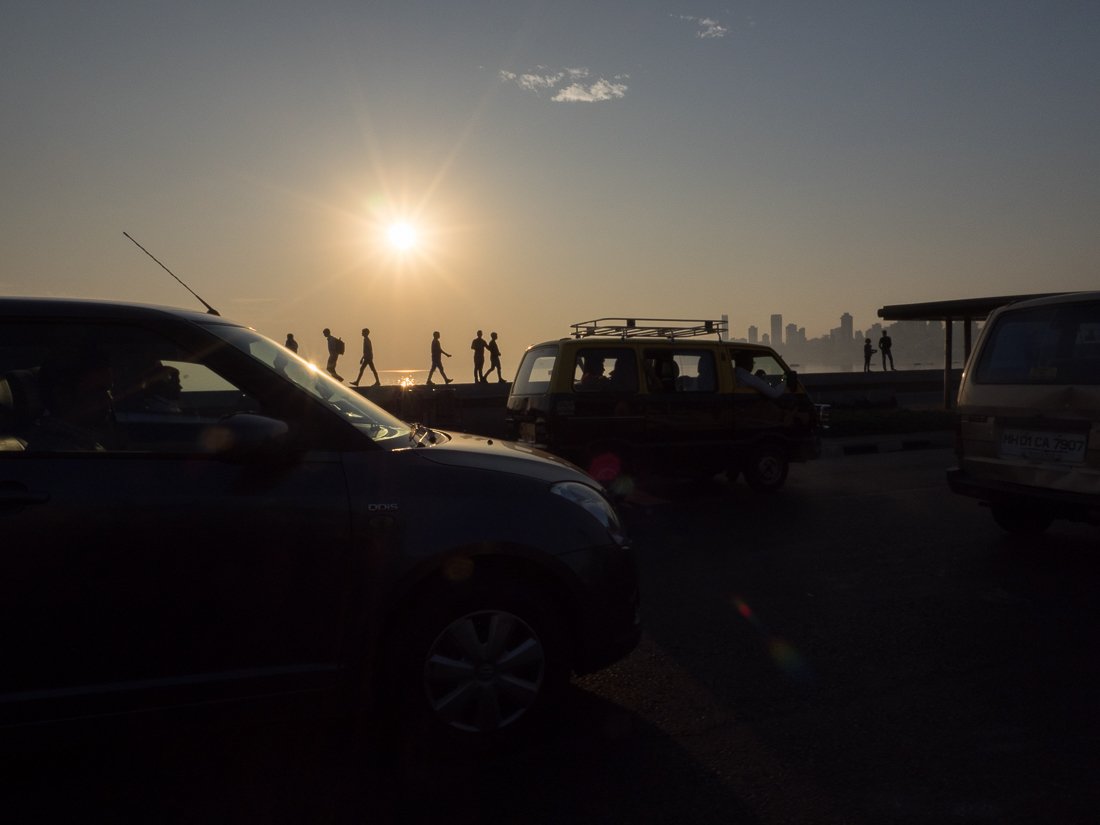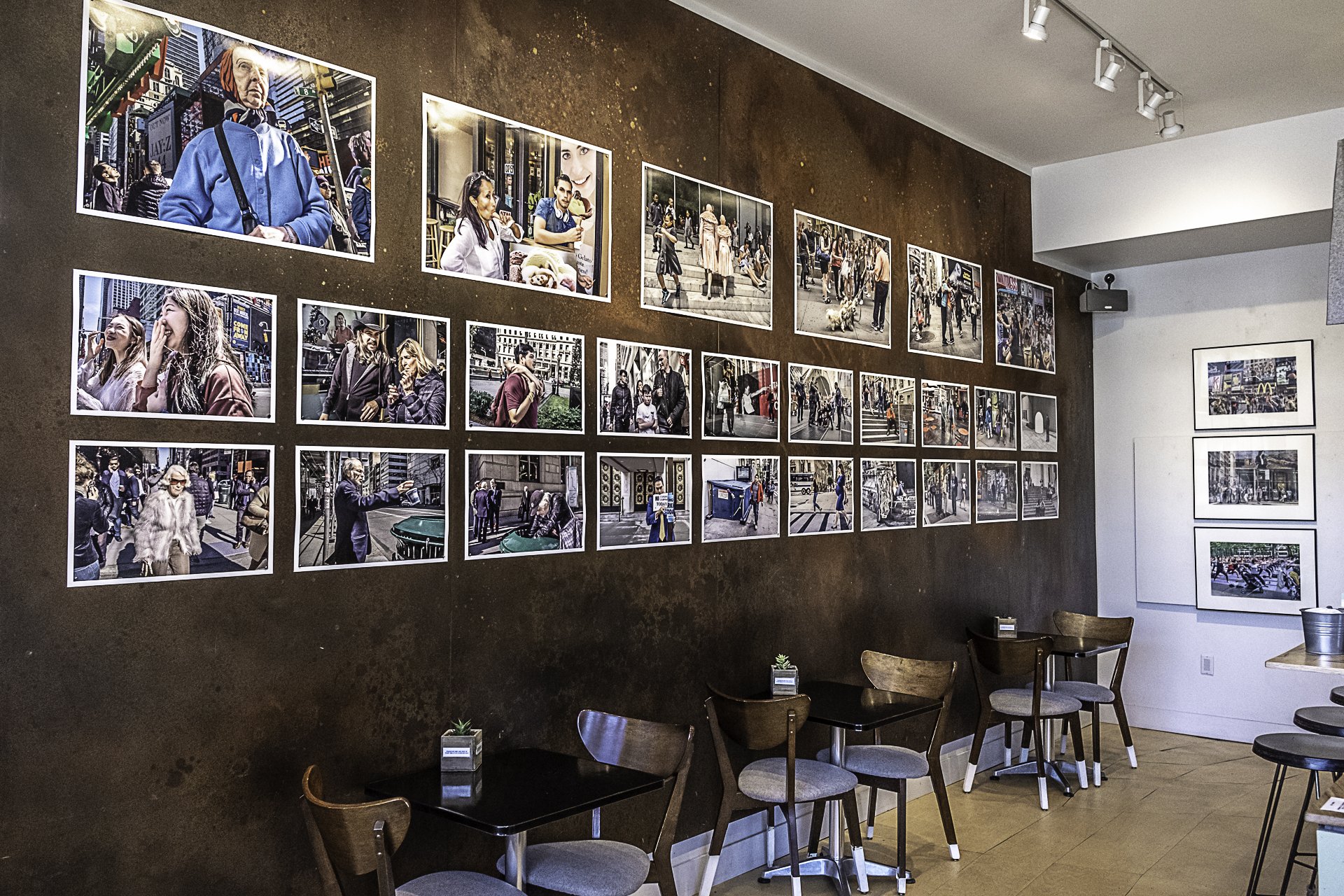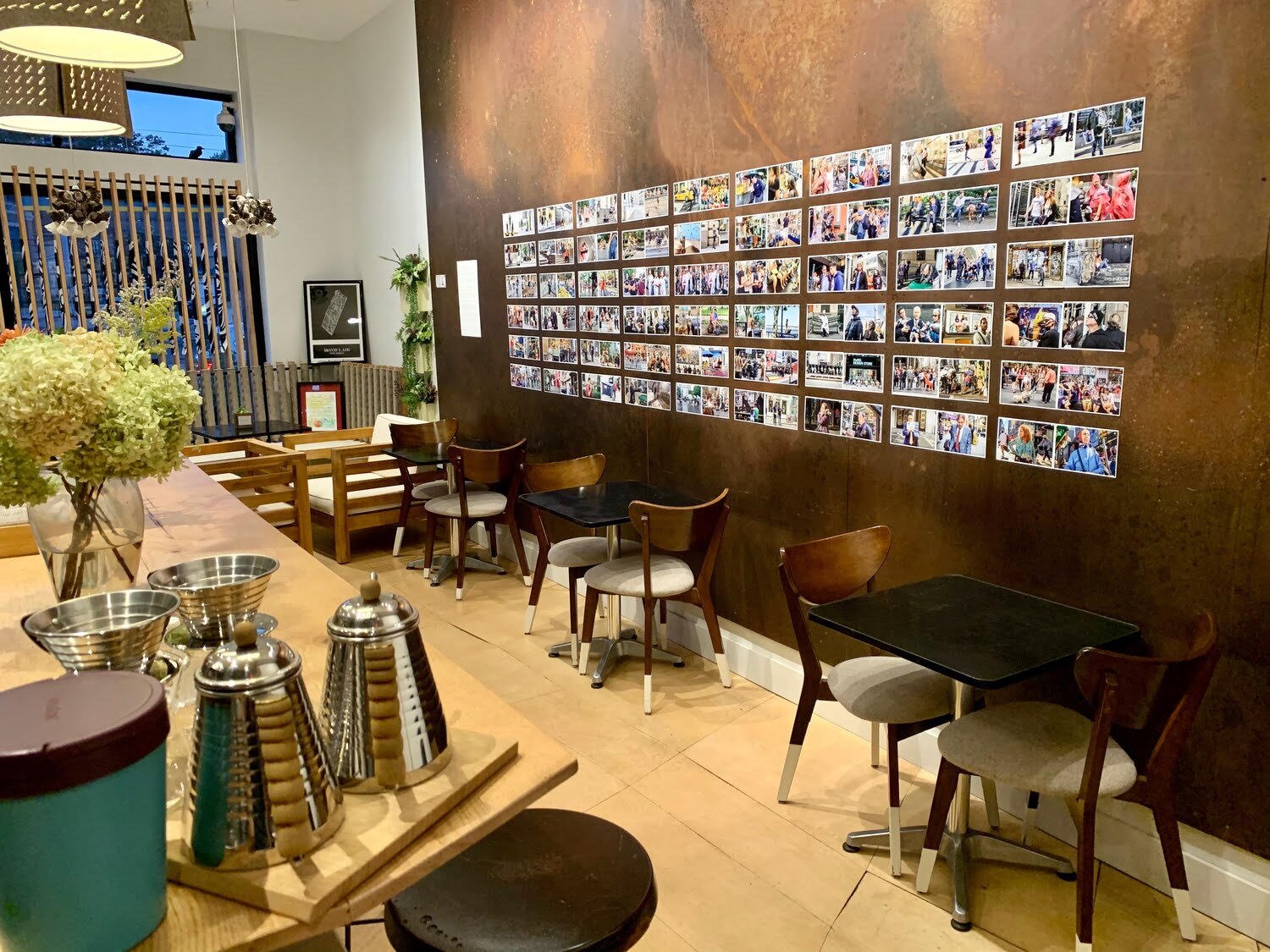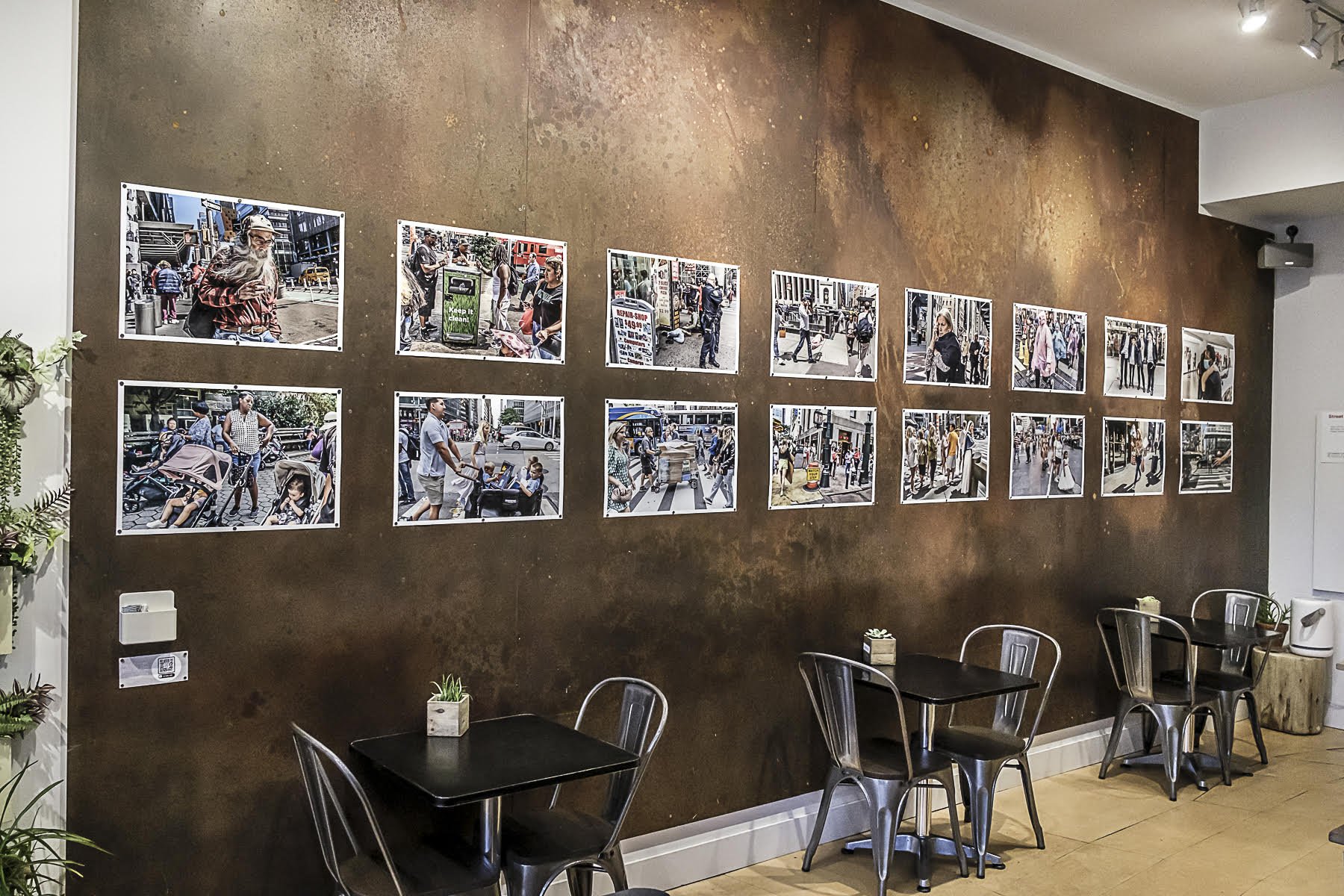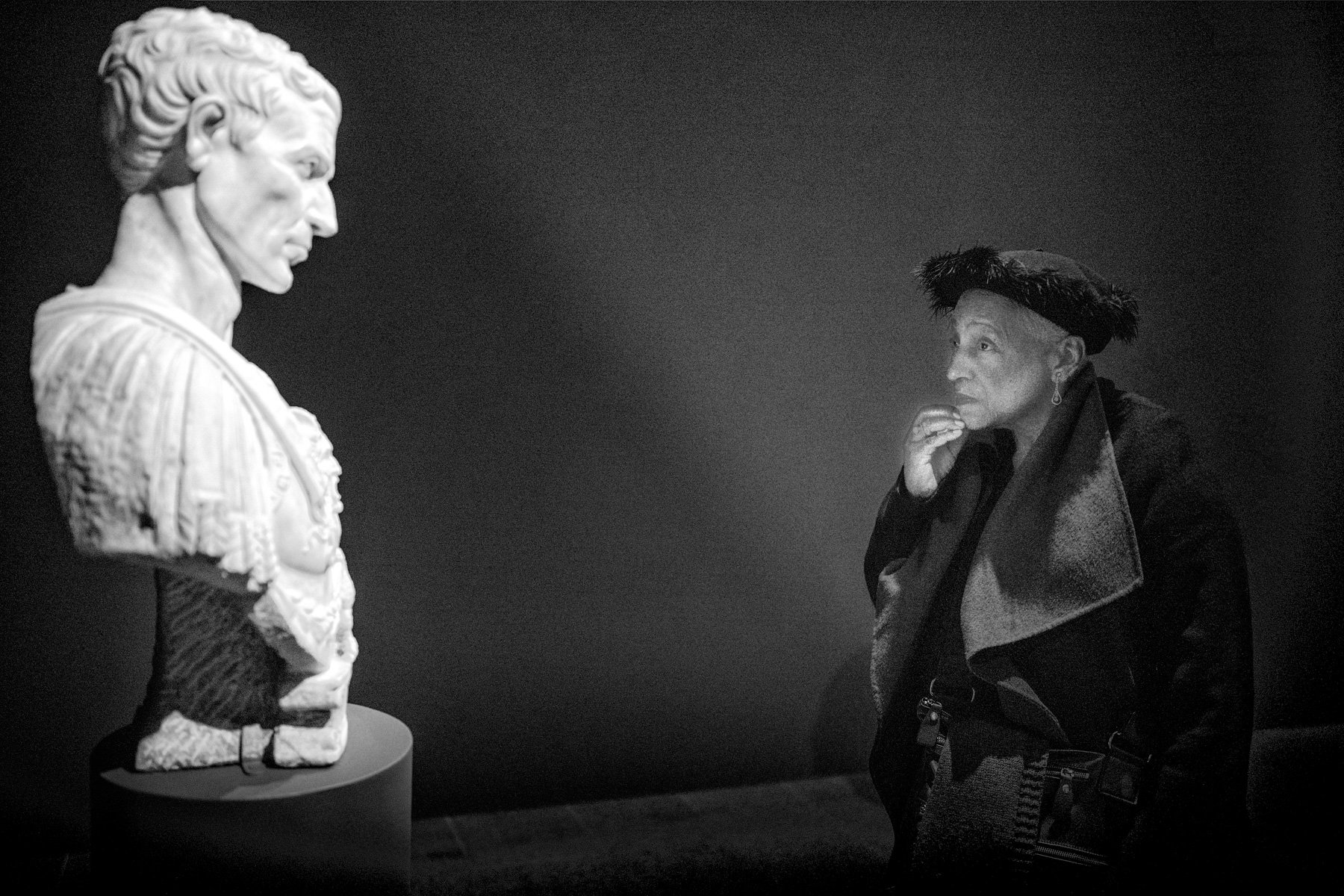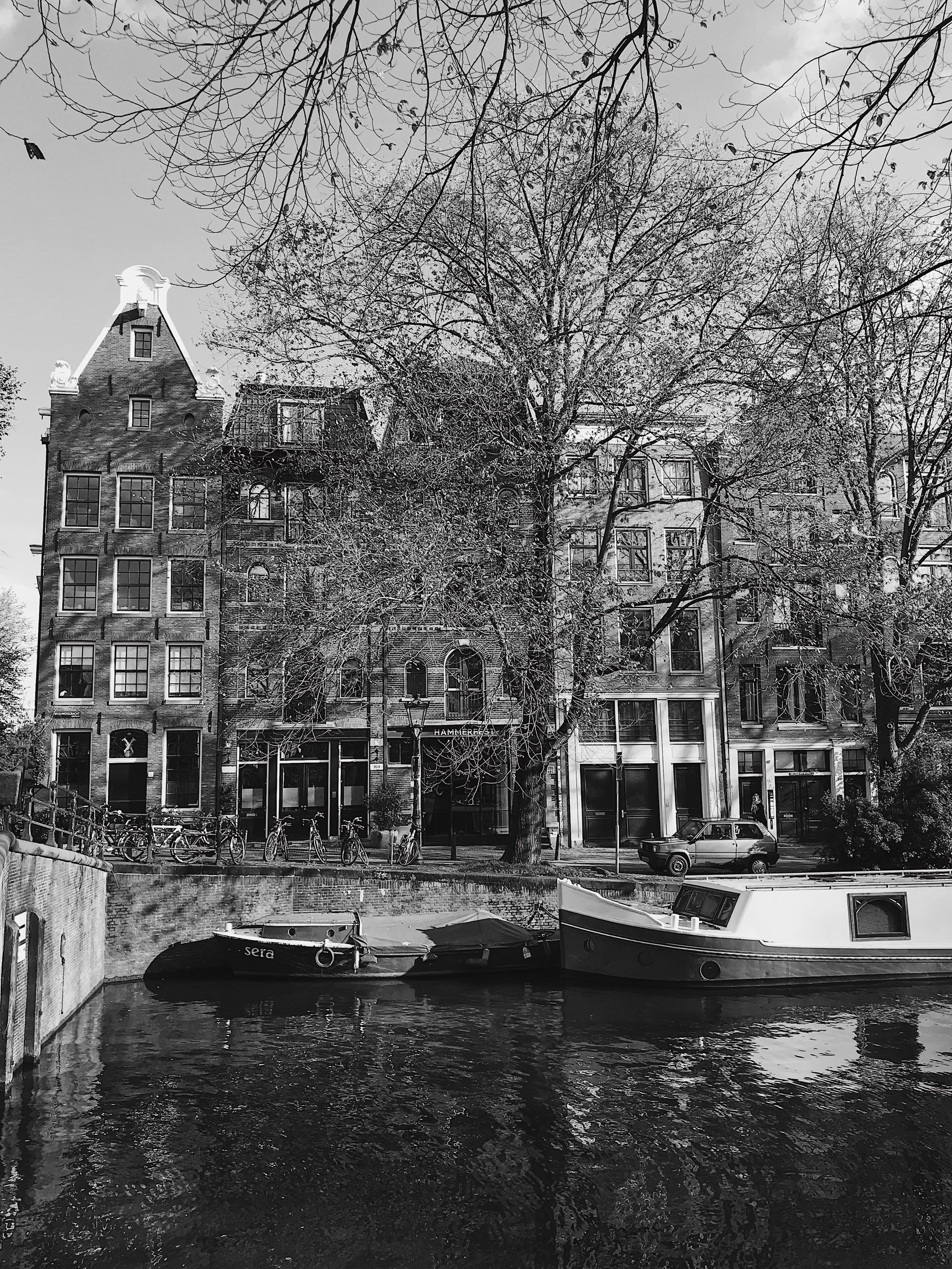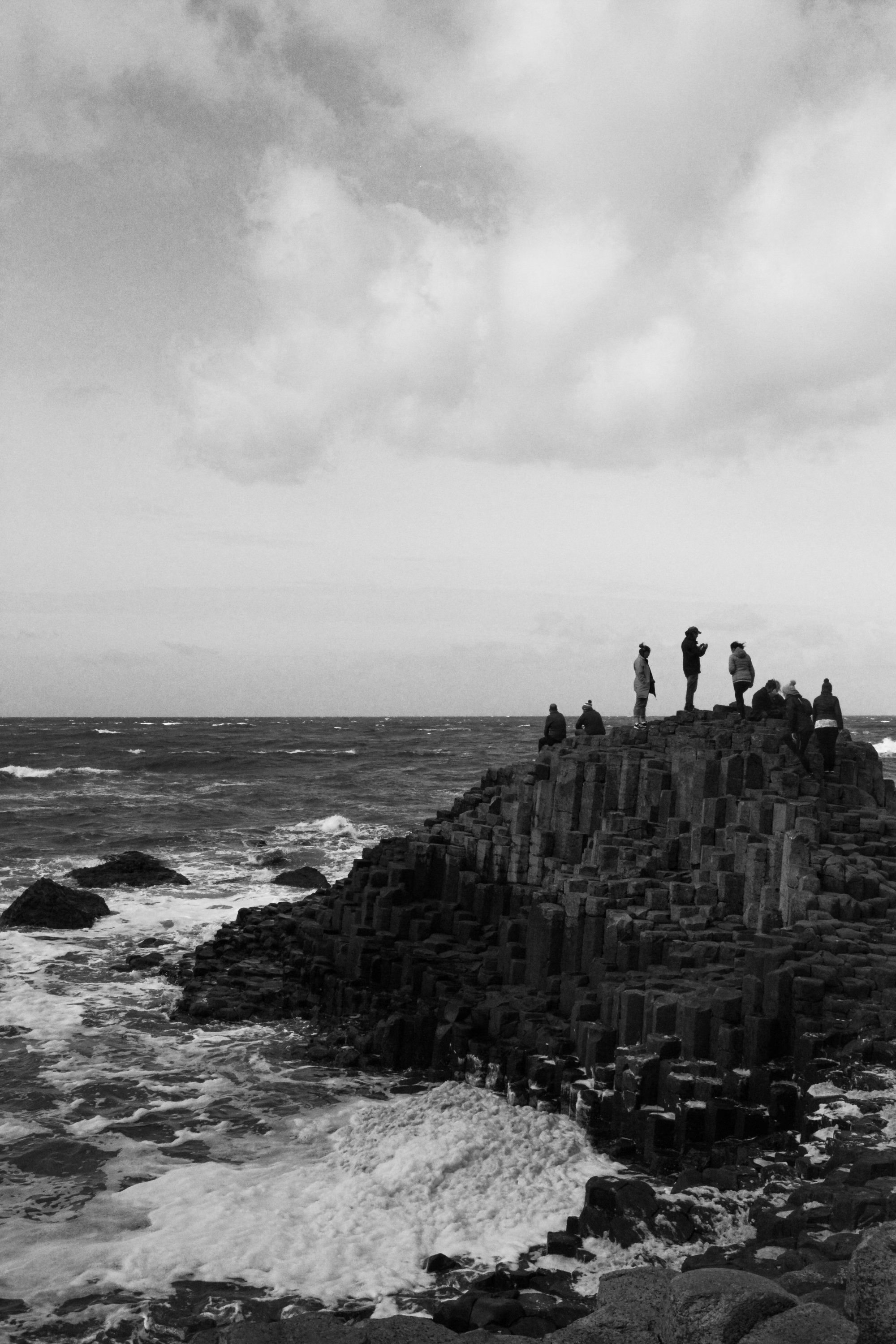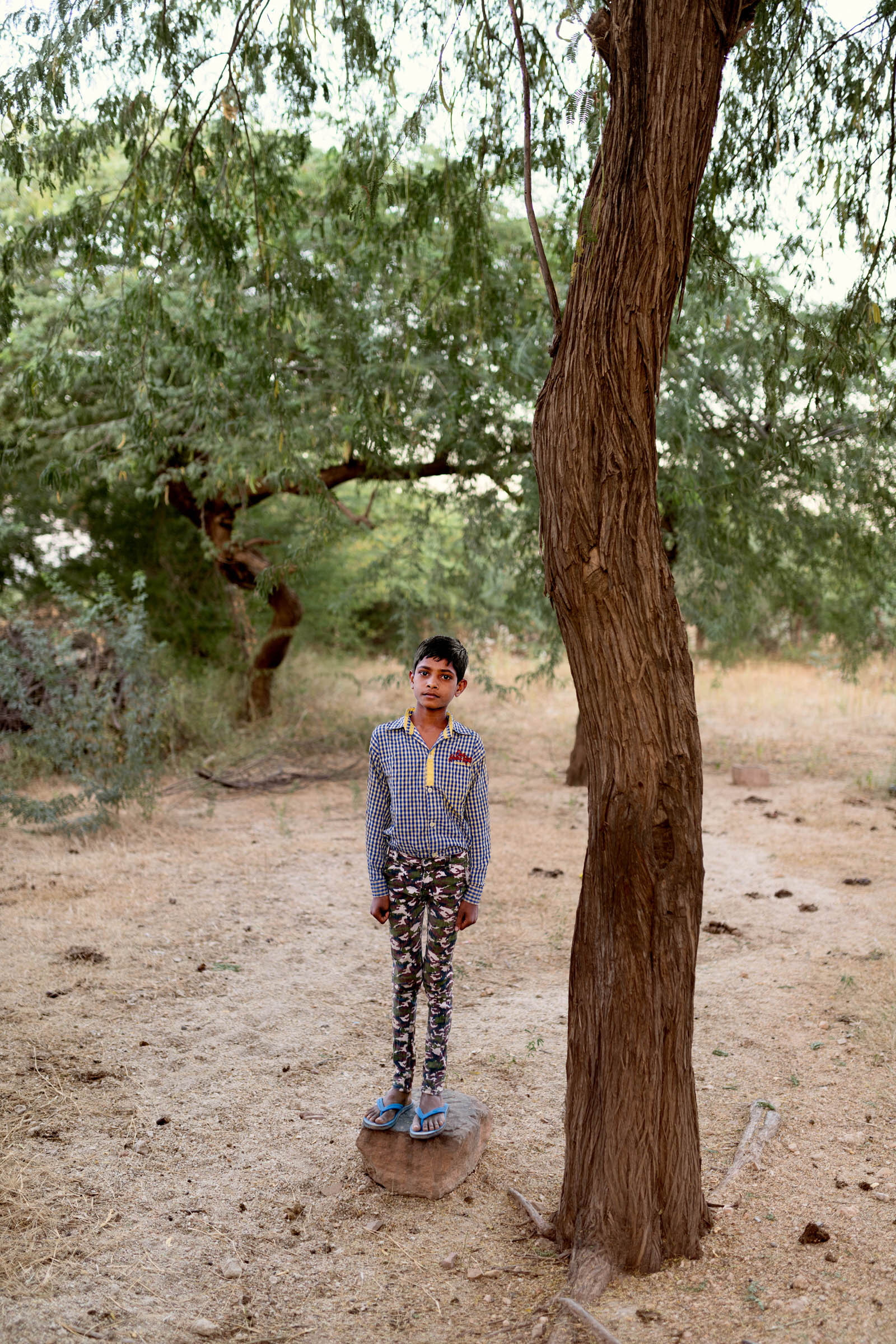LC: Tell us a bit about these photos, where were these taken, what objective(s) did you have in mind when you set out to capture this environment?
The photographs in this exhibition which I call “Remains,” were all made July 10, 2021, on a visit to a friend who lives on Yankee Lake in the Catskills. I was kayaking around an island in the middle of the lake, originally looking to photograph a pair of young eagles that nested in a tree on the island. I was unable to get anything satisfyingbecause the eagles were always hidden behind branches. I reluctantly gave up and continued to kayak around the island where I spotted the driftwood that is the subject of these photographs. The shapes, reflections, light, and color immediately appealed to me, and I spent quite a bit of time there with a paddle in one hand and my camera in the other.
LC: I notice a few variations on a similar image. What was the thought of sharing a couple of different looks of a similar view?
From the beginning I wanted to show these photographs as a single moment of time. The scene, which was totally unexpected, suddenly appeared to me as a complete lost world—one that was decaying as well as supporting new growth. I found myself intensely inhabiting this wonderful graveyard of sorts. I let the kayak drift as slowly as possible, as the viewpoint would change even if I thought the kayak was not moving. In this intensely sensual world of sun, water, shapes, colors, and reflections I became completely focused on trying to make photographs that showed what I was feeling. Hopefully these 14 photographs do that. You are correct that there are variations of a scene, and images seen from various perspectives. To me, that helps engage a viewer to not only see but to be drawn in. There is no one “meaning” I attach to this exhibit; rather, I hope to invite the viewer into a meditative experience.
LC: What is your favorite aspect of capturing nature scenes?
In both the natural world as well as urban landscapes, I am inspired to find new meanings. I try to interpret the social and aesthetic realms of human experience.
LC: Tough question (maybe) but do you have a favorite camera and why?
For Digital- Nikon 6, and for film-Nikon Fm2n.
LC: What is your favorite coffee or tea beverage?
A cortado with a plain croissant to dip. Of course, at Local Coffee!
Lastly, what’s the best URL to direct our followers if they would like to connect further?
Instagram: norro99
